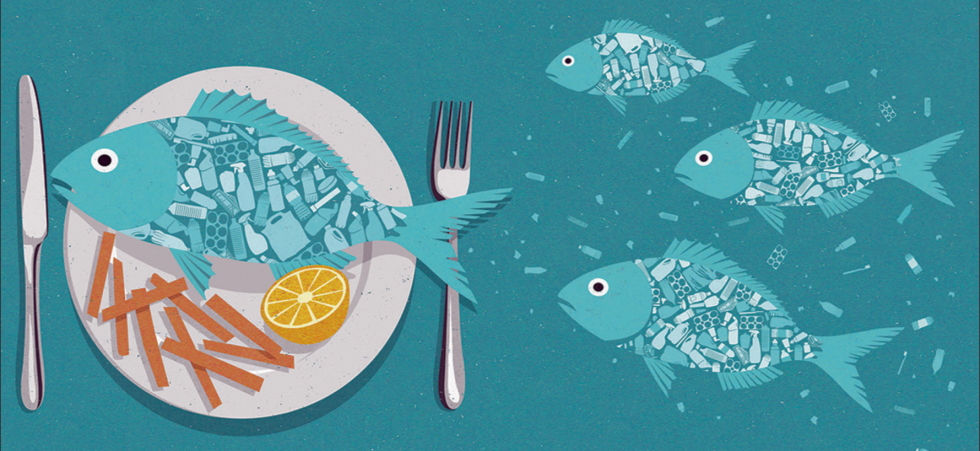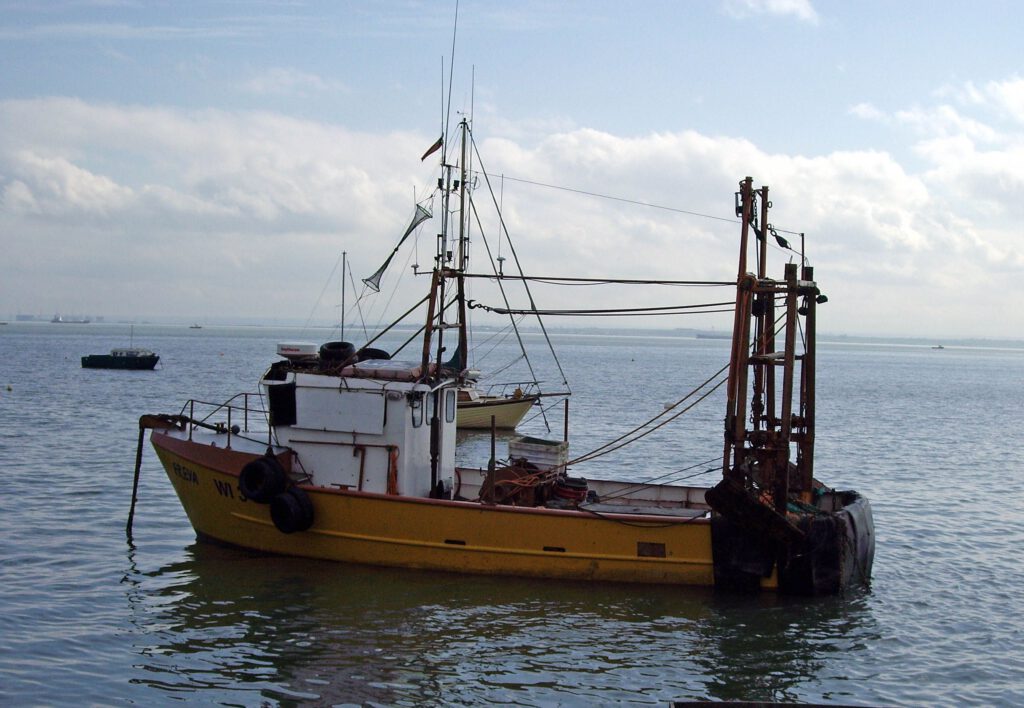In the oceans, microplastic pollution is often consumed by marine animals. Some of this environmental pollution is from littering, but much is the result of storms, water runoff, and winds that carry plastic and both intact objects and microplastics into our oceans These plastic wastes in the seas become fragile under the sun. It collides with other waste or land in the sea with the current. This, it crumbles, and smaller pieces emerge. Marine animals mistake these pieces of plastic for food and eat them. In most cases these parts will cause the animal to die.
It is confirmed that 44% of sea species have plastic inside their bodies. This waste has caused the extinction of 700 animal species in the last 300 years.

80 percent of plastic in the ocean is estimated to come from land-based sources, with the remaining 20 percent coming from boats and other marine sources. These percentages vary by region, however.


There’s a fastly increasement in the trash island surface that leads into consuming more polluted fishes that ingest microplastics. Studies have shown that we consume about 5 gr of them a week, scientists compared it with the weight of a credit. In laboratory tests, microplastics have been shown to cause damage to human cells, including both allergic reactions and cell death. But so far there have been no epidemiologic studies documenting, in a large group of people, a connection between exposure to microplastics and impacts on health.